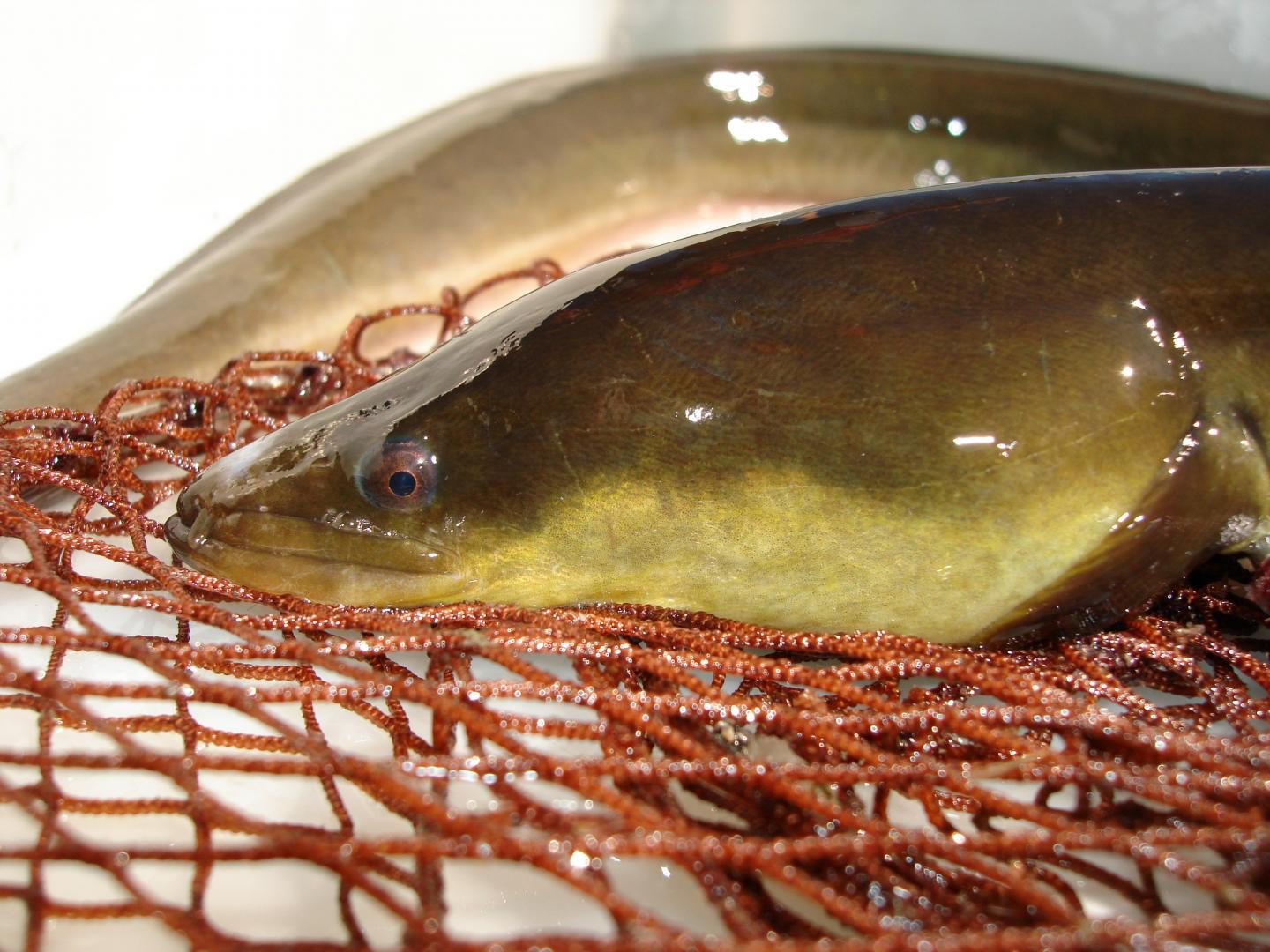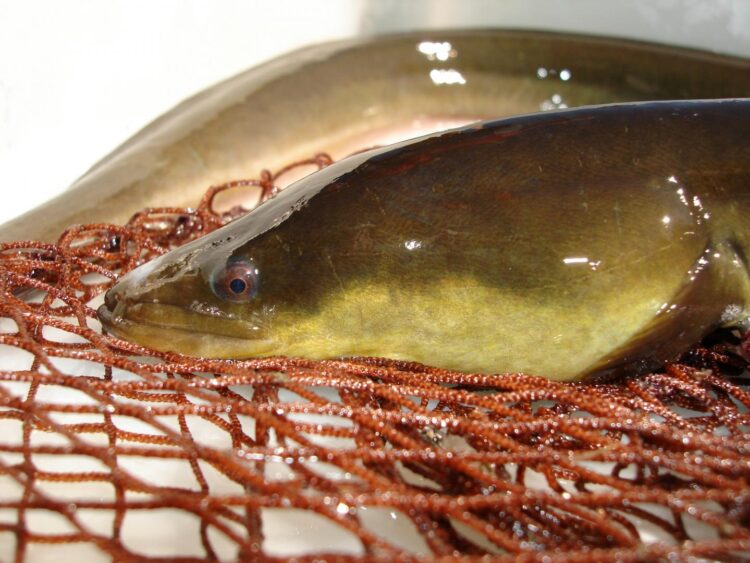
Credit: Anders Asp, SLU
European eels spawn in the subtropical Sargasso Sea but spend most of their adult life in a range of fresh- and brackish waters, across Europe and Northern Africa. How eels adapt to such diverse environments has long puzzled biologists. Using whole-genome analysis, a team of scientists led from Uppsala University provides conclusive evidence that all European eels belong to a single panmictic population irrespective of where they spend their adult life, an extraordinary finding for a species living under such variable environmental conditions. The study is published in PNAS, the Proceedings of the National Academy of Sciences.
How species adapt to the environment is of fundamental importance in biology. Genetic changes that facilitate survival in individuals occupying new or variable environments provides the foundation for evolutionary change. These changes can be revealed as differences in the frequency of gene variants between subgroups within species. Alternatively, individuals may respond to changing environments through physiological change without genetic change, a process known as phenotypic plasticity. For example, eels adjust their osmoregulation when migrating from marine waters to freshwater.
“Eels have a truly fascinating life history and go through several stages of metamorphosis”, explains Dr. Håkan Wickström, from the Swedish University of Agricultural Sciences and one of the co-authors. “Spawning takes place in the Sargasso Sea, then offspring drift as leptocephali larvae until they reach the European or African continent where they metamorphose into glass eels. Glass eels become yellow eels after entering into brackish or freshwater and later develop into reproductively mature silver eels before returning to the Sargasso Sea for spawning, completing a second crossing of the Atlantic. After that they all die.”
“To the best of our knowledge all eels spawn in the Sargasso Sea, but that did not exclude the possible existence of subpopulations”, explains Dr. Mats Pettersson, Uppsala University, one of the shared first authors. “For instance, northern eels may spawn in a different region, or at a different depth, or during a different period than southern eels, or they may simply have the ability to recognise conspecifics from the same climatic region. In this study, we wanted to provide the ultimate answer to the important question whether European eels belong to a single panmictic population or not. We have done that after sequencing the entire genomes of eels collected across Europe and North Africa.”
“When comparing the DNA sequences of eels from different parts of Europe and North-Africa we do not find any significant differences in the frequency of gene variants”, states Mats Pettersson. “We therefore conclude that European eels belong to a single panmictic population and that their ability to inhabit such a wide range of environments must be due to phenotypic plasticity.”
“Eels are an enigmatic species that have long captured the imagination of society. Modern genomic analysis allows us to track the evolutionary history of eels, and it is rather impressive that adult eels can inhabit such a range of environments without becoming isolated into genetic subpopulations. It is amazing to think that even with millions of genetic variants we cannot distinguish an eel in a lake in Sweden from an eel in a North-African river. This provides just another clue in a long history of uncovering the life history of this fascinating species”, said Dr. Erik Enbody, Uppsala University, and shared first author. “An important implication of these findings is that preventing eel population declines requires international cooperation, as this species constitutes a single breeding population”.
In many other marine fish species, subpopulations living in different environments undergo genetic changes associated with local adaptation to that environment. Recent research from the same group in December on the Atlantic herring revealed extensive local adaptation related to, for instance, salinity and water temperature at spawning. European eels are exposed to a much broader range of environmental conditions than the Atlantic herring, but do not have the associated genetic changes. How is this lack of genetic adaptation in eels possible?
“Our hypothesis is that this striking difference between Atlantic herring and Europeans eels is explained by the fact that all eels are spawning under near identical conditions in the Sargasso Sea. Atlantic herring, on the other hand, are spawning in different geographic areas under diverse environmental conditions, with regard to salinity, temperature and season. These conditions require local genetic adaptations because fertilization and early larval development is the most sensitive period during the life of a fish”, explains Professor Leif Andersson, Uppsala University and Texas A&M University, who led the study.
“An important topic for future studies is to explore how eels are able to cope with such diverse environmental conditions. It is likely that eels for millions of years have had a life history where spawning takes place under very similar conditions whereas most part of the lifecycle takes place under diverse environmental conditions. Mechanisms for handling this challenge may thus have evolved by natural selection”, Leif Andersson ends.
###
Erik D. Enbody et al. (2021) Ecological adaptation in European eels is based on phenotypic plasticity. Proc Natl Acad Sci USA DOI: 10.1073/pnas.2022620118
Further information, please contact:
Professor Leif Andersson, Professor at Department of Medical Biochemistry and Microbiology at Uppsala University; Swedish University of Agricultural Sciences and Texas A&M University,
Tel: +46 18-471 49 04, cellphone +46 70 425 0233,
email: [email protected]
Media Contact
Leif Andersson
[email protected]
Original Source
https:/
Related Journal Article
http://dx.





